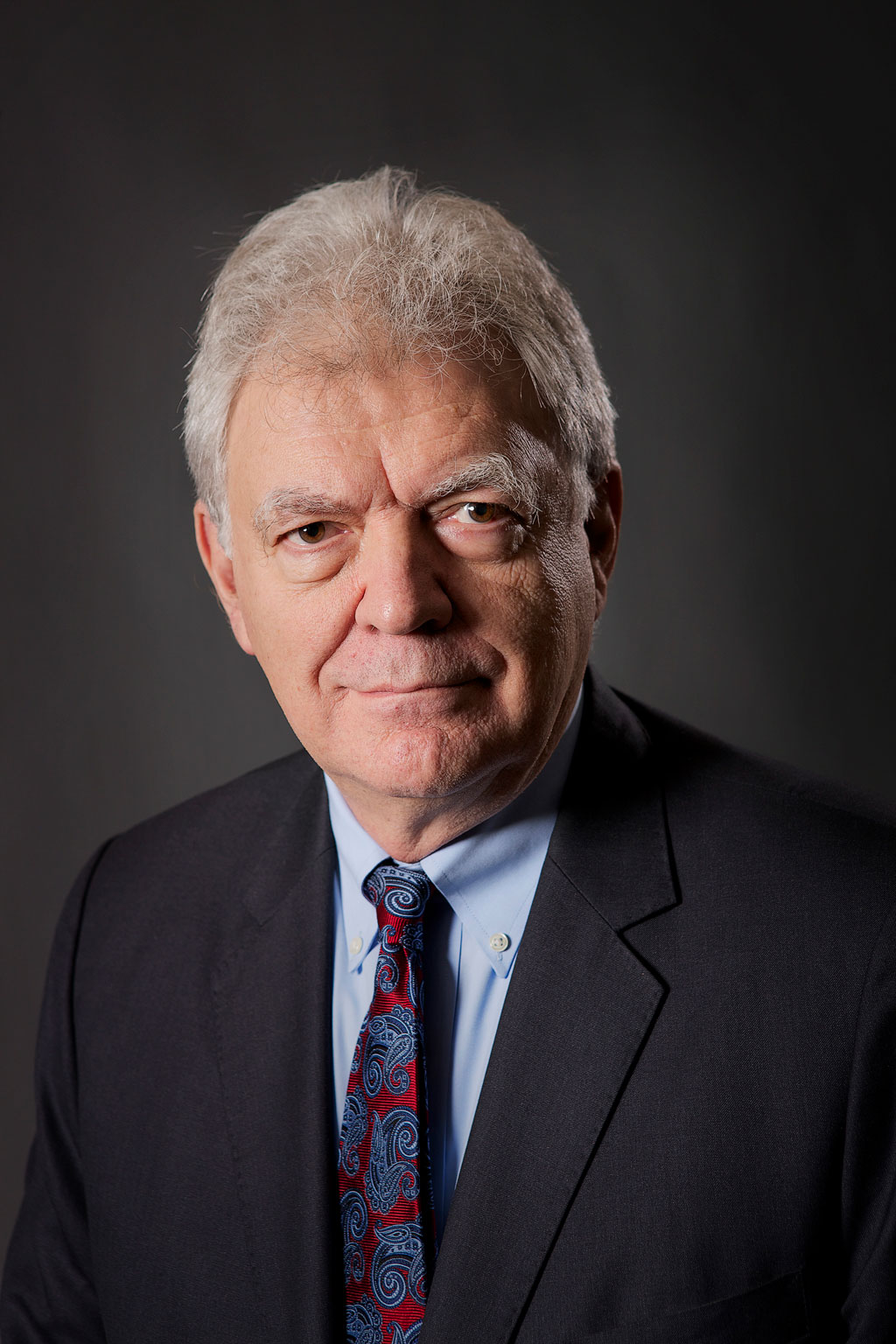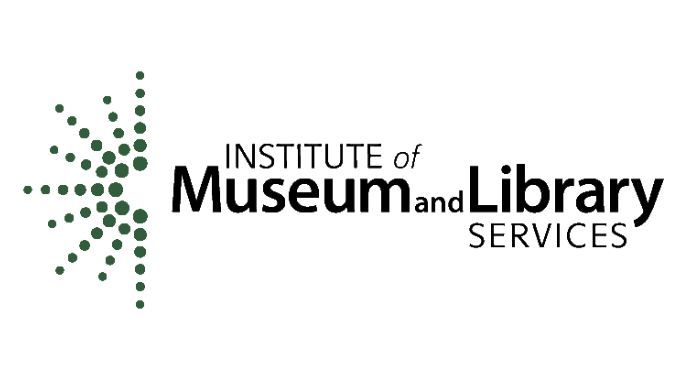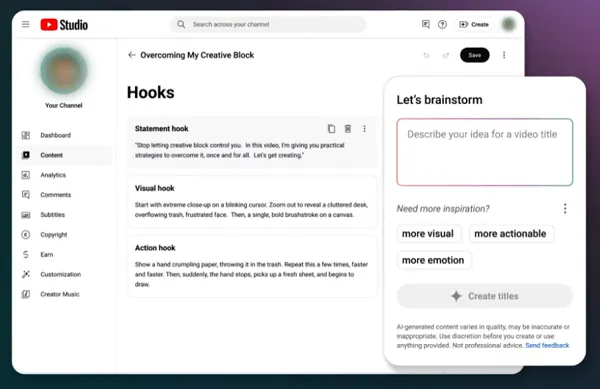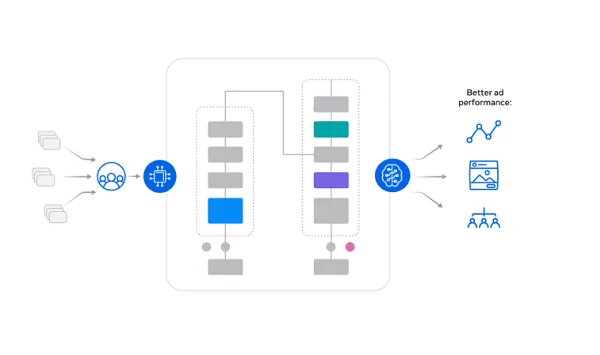Julie Sexton joined Land O’Lakes 25 years ago in a traditional slot as an “industrial-relations” staffer, but now she sits atop the human capital management pyramid at the $17 billion food and agricultural cooperative as senior vice president and chief human relations officer.
And from the perch she has enjoyed for four years, Sexton has been transforming her office and her role into one of co-leadership rather than just servicing the needs of other executives managing the member-owned cooperative’s 9,000 employees, spread around roughly 170 facilities that make and distribute dairy, animal nutrition and crop protection products.
“As my career grew, it wasn’t just to show up in the function you happen to be wearing,” Sexton says. “It’s to show up as a business leader, as part of the executive team, thinking of the totality of the enterprise and where we’re going and why and how to make a difference for the members of a member-owned organization.”
In doing so, of course, Sexton has joined the swelling ranks of CHROs who are inculcating themselves as key corporate strategists as well as facilitators and administrators. Talent still has the upper hand in the employment market even as the U.S. economy softens somewhat, and it’s crucial for Land O’Lakes and other companies to incorporate effective human capital strategy as the end of the spear.
Her HR team “can become a growth engine to lean into those challenges and others we might face in the future,” Sexton says. “So we don’t just think about what we’re executing against, the typical HR role, but how we are using our expertise and our voice to really lean into where the organization is going and how to set up the experience for what we need into the future.”
CEO Beth Ford and other top leadership of the company based in Arden Hills, Minnesota, is acknowledging that “they can see the talent challenges and know our growth objectives and know that we need to change our capabilities and how we operate and show up every day,” Sexton says. “They’re asking for it, but as the HR function we need to show up differently and prove it a bit.”
Two areas lead Sexton’s opportunities to do that, the way she sees it. One is managing front-line talent, especially Land O’Lakes’ thousands of manufacturing workers. “I don’t think we’re unique in that,” she says. “There is a demographic shift, and just the desires and wants of employees as they look at roles are different. The traditional manufacturing job isn’t necessarily what the workforce of today or tomorrow is looking for, for a variety of reasons. We’ve got some great roles in manufacturing; how do we make those appealing?”
“Enhanced flexibility” is one answer, Sexton says. “We’ve rolled out a program that has been fantastic” by offering individual workers options for working part-time on a regular basis. “You think of the traditional role as shift work, and that someone must be there for the entire shift. So our flex-manufacturing roles are people hired in more of a part-time capacity, and they can flex and choose their hours within the parameters set by that facility. They set their schedule out a few weeks. It provides more flexibility for life.”
After piloting the program at one facility, Land O’Lakes rolled it out company-wide. It has lowered turnover. “We’ve been able to tap into parts of the workforce who wouldn’t have considered manufacturing in the past, such as stay-at-home parents who can work while their kids are in school. College students. People who weren’t sure about manufacturing but wanted to give it a try.”
Sexton says Land O’Lakes continues to “rethink our paradigm of what manufacturing work needs to look like” and is exploring that with more program prototypes and pilots, though she declines to provide specifics. “There are no magic answers yet.”
A second major area where Sexton and her human capital team are walking hand-in-hand with top leadership is adaptation of artificial intelligence. HR is part of the steering team for introducing use cases and experimenting with generative AI across the organization, and Sexton’s team has its own steering group. “What tools do we have available and how can we use them?” she says.
So far, the recruiting process is where gen AI has been most useful. “We’re using tools to better reach candidates for a more personalized experience and for streamlining things for recruiters and candidates,” she says. “We also try to be very thoughtful in where we use that technology. Where do we want humans involved in that process? We continue to introduce humans [with AI] who are involved in the recruiting team. From that, how do we explore AI in the rest of the employee life cycle?”
Some of the use cases are obvious. “We have major published manuals that are two inches thick and can stand on a desk,” Sexton says. “How can we automate some of that. As we’ve been biting off around the edges [of gen AI], those very practical ideas have resonated with employees.”
Employees are encouraged to play with gen AI. “We wanted them to experiment and learn and make sure this isn’t a black box they didn’t understand,” Sexton says.
But as workers plumb the possibilities of gen AI, Land O’Lakes has laid down parameters including a prohibition against putting proprietary or customer data into an external AI engine.
While manufacturing employees essentially have never left the responsibilities of being in the plant every day, Land O’Lakes’ 400 headquarters workers enjoy a hybrid model that requires two “anchor days” each week and allows remote work the other three days. If something comes up that a team needs to work on in proximity, folks are expected to come into the office then, too. “We’re always pretty flexible,” Sexton says.
How does Land O’Lakes prevent employees from taking advantage of the hybrid expectations? “We start with the assumption that we employ adults here,” Sexton says. “Leaders understand where their teams are on an aggregate basis. And it’s a two-way street: If there is flexibility for you as an employee, there’s also expectations from the employer as well.”
Benefits are an area where Sexton has been leading change that’s in sync with the company’s talent pool and existing employees. “We started listening more and more intentionally to employees about what’s important to them, and how they value different parts of the rewards package,” she says. While they heard that base pay remains an important consideration for employee satisfaction, Sexton’s team specifically heard that areas of concern in benefits were retirement financial security, the complexity of health and wellness benefits, and work-life balance.
Land O’Lakes has been trying to respond to what Sexton calls the “nuances” in these employee concerns. The organization has been rolling out new retirement tools and resources for older workers who are concerned about that, creating a “family and caregiver” account in which the company will deposit money for care for tutors or healthcare givers or emergency childcare, and even instituting an “emergency savings account” benefit to help workers cope with “life’s unexpected things.”








































![Spider-Man Is Back in Black With the Green Goblin in New Funko Pop! Figures [Exclusive] Spider-Man Is Back in Black With the Green Goblin in New Funko Pop! Figures [Exclusive]](https://static1.colliderimages.com/wordpress/wp-content/uploads/2025/03/spider-man-the-animated-series-green-goblin.jpg)
































